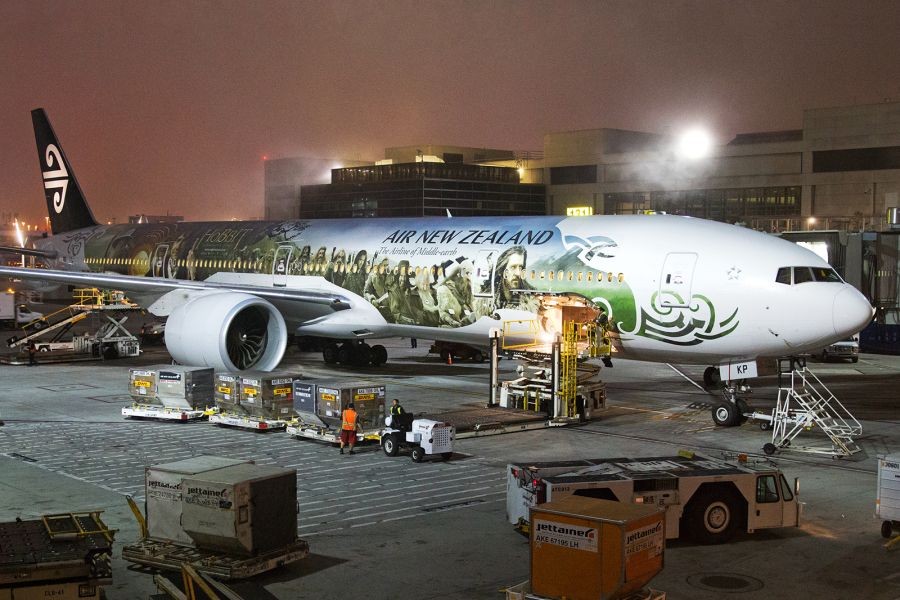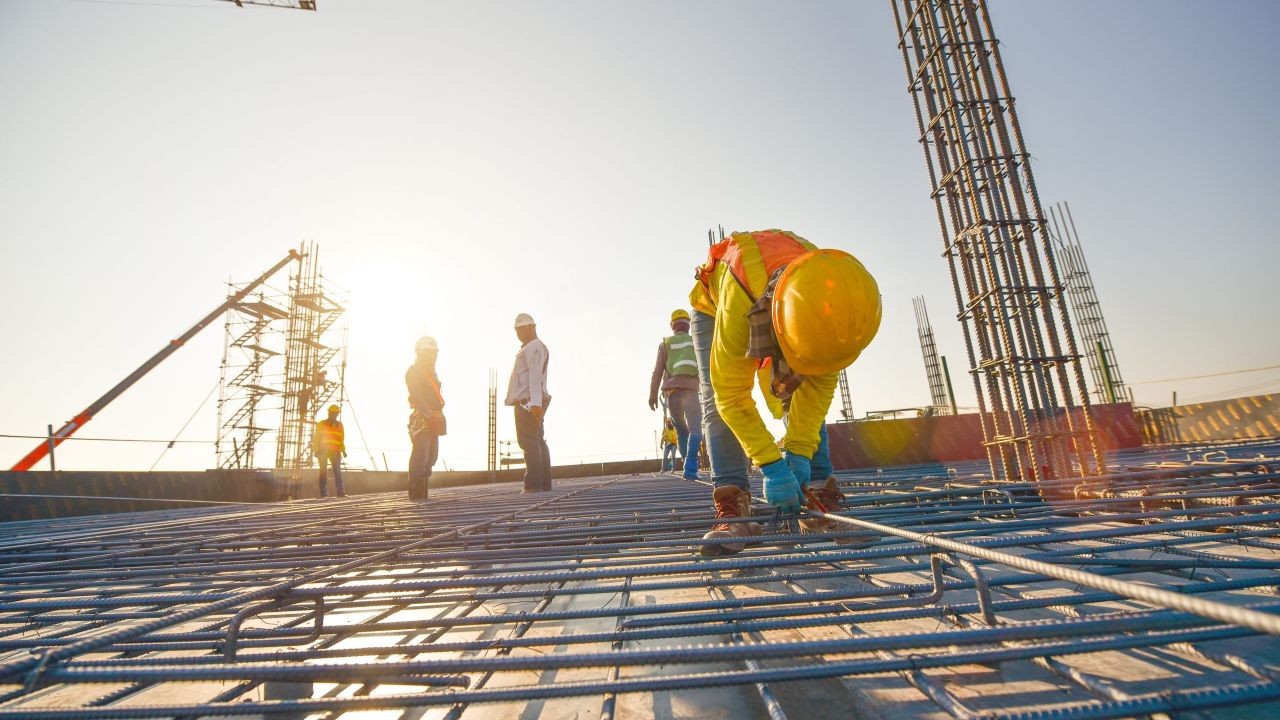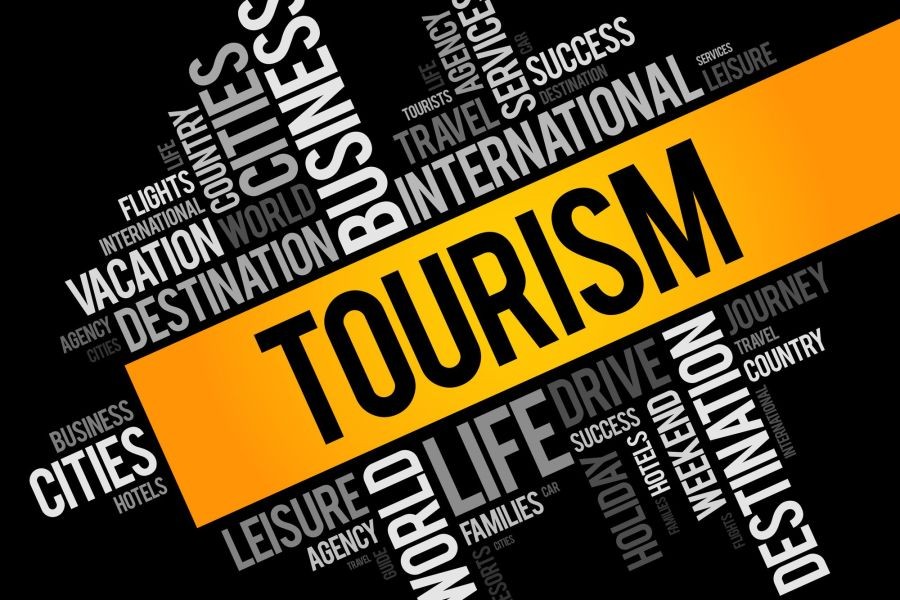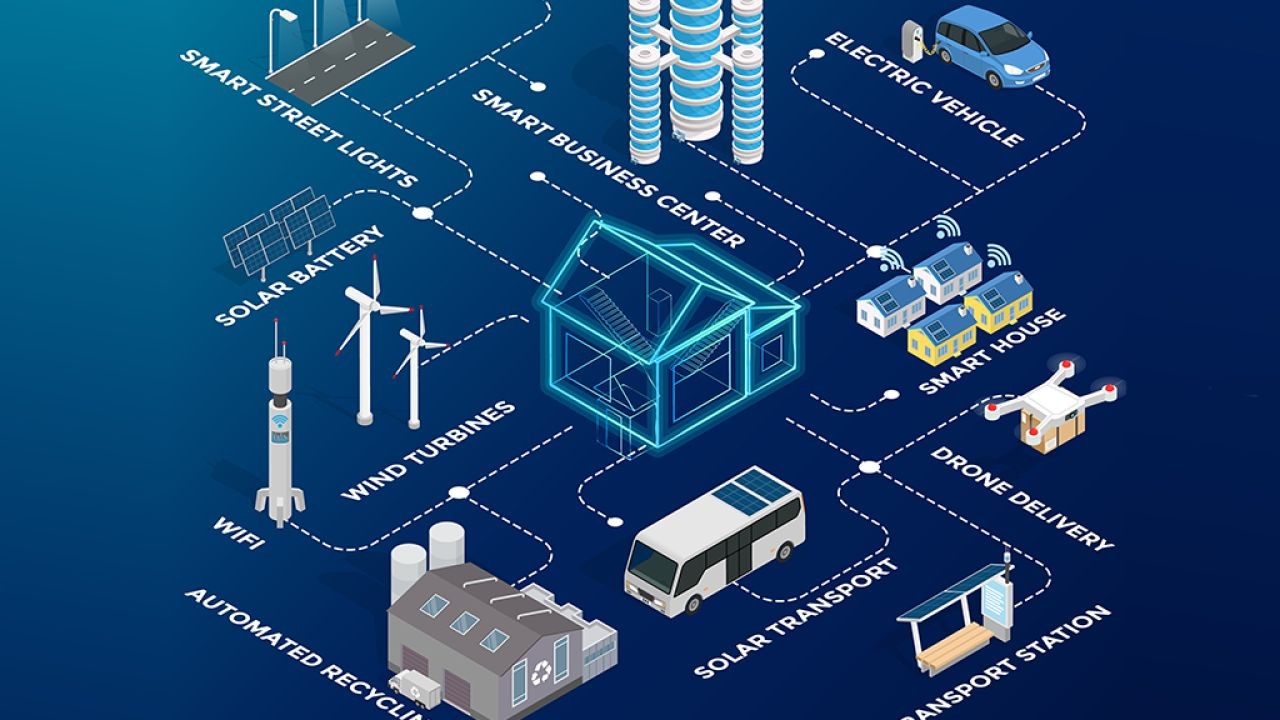Understanding how New Zealand’s airports plan to accommodate the surge in global travel over the next decade is a critical concern for commercial real estate brokers. The aviation sector is a cornerstone of New Zealand's economy, supporting tourism, trade, and business travel. With projections indicating a significant increase in international travel, New Zealand's airports must evolve to meet this demand, presenting both opportunities and challenges for the commercial real estate market. This article explores the strategies, challenges, and potential impacts on the industry, providing valuable insights for stakeholders.
The Current State of New Zealand's Airports
New Zealand’s airports are vital infrastructures that facilitate over 18 million passengers annually, according to Stats NZ. Auckland Airport, being the largest, handles the majority of international flights. However, with a projected annual increase in global passengers by 3.5% over the next decade, these facilities face mounting pressure to expand and modernize.
Case Study: Auckland Airport's Expansion Strategy
Problem: Auckland Airport has been operating near capacity, with passenger numbers peaking during holiday seasons. This congestion leads to delays and reduced customer satisfaction.
Action: The airport launched a $1.8 billion infrastructure development plan, focusing on a new domestic jet terminal, enhanced transport connections, and expanded retail spaces. These upgrades aim to increase capacity and improve passenger experience.
Result: Since the commencement of the expansion, Auckland Airport has reported a 15% increase in operational efficiency. Furthermore, the commercial real estate market around the airport has seen a surge in demand, with retail and hospitality sectors benefiting from increased foot traffic.
Takeaway: Infrastructure investment is crucial for accommodating future growth. Commercial real estate brokers should watch for opportunities in areas surrounding major airports, as expansions can significantly boost property values and business opportunities.
Comparative Analysis: Global Airport Trends
Globally, airports are transforming into multi-functional hubs, a trend New Zealand can emulate. For example, Singapore's Changi Airport has become a model with its Jewel Changi complex, which integrates retail, dining, and entertainment with travel facilities. This model drives revenue and enhances passenger experience, offering a blueprint for New Zealand airports aiming to boost non-aeronautical income.
Pros and Cons of Airport Expansion
- Pros:
- Increased Capacity: Expansions allow airports to handle more flights and passengers, reducing congestion.
- Economic Growth: Airports act as economic engines, creating jobs and attracting businesses.
- Enhanced Passenger Experience: Modern facilities improve satisfaction and encourage repeat travel.
- Cons:
- High Costs: Infrastructure projects are capital-intensive, requiring significant investment.
- Environmental Concerns: Expansion can lead to increased carbon emissions and habitat disruption.
- Community Impact: Construction and increased traffic can affect local communities negatively.
Industry Insight: Smart Technology in Airports
A critical trend in airport management is the integration of smart technologies. Technologies such as biometric screening and automated check-ins not only streamline operations but also enhance security. According to a report by NZTech, incorporating AI and IoT in airport operations can reduce operational costs by up to 20% while improving service efficiency.
Myths and Realities about Airport Expansion
- Myth: "Expanding airports only benefits the aviation industry." Reality: Airport expansions stimulate local economies, boosting retail, hospitality, and employment.
- Myth: "New Zealand doesn't need larger airports due to its small population." Reality: As a tourism-dependent economy, New Zealand's airports must cater to international visitors, not just the local population.
Future Trends and Predictions
The next decade will likely see New Zealand's airports becoming more tech-driven and passenger-centric. According to a forecast by the Ministry of Business, Innovation, and Employment (MBIE), by 2030, smart technologies will be standard, enabling seamless travel experiences. Furthermore, sustainability will be a priority, with airports adopting green technologies to minimize their carbon footprints.
Common Mistakes to Avoid
- Ignoring Technological Advancements: Airports that fail to integrate new technologies risk falling behind in efficiency and security.
- Underestimating Economic Impact: Neglecting the broader economic benefits of airport expansion can lead to missed opportunities for growth.
- Overlooking Community Involvement: Successful expansions involve engaging local communities to address concerns and gain support.
Final Takeaways
- Fact: New Zealand's airports are vital for economic growth and must evolve to handle increased global travel.
- Strategy: Investing in smart technologies and infrastructure will enhance efficiency and passenger satisfaction.
- Mistake to Avoid: Underestimating the potential economic benefits of airport expansions can lead to missed opportunities.
- Pro Tip: Commercial real estate brokers should monitor airport development plans for potential investment opportunities.
Conclusion
As New Zealand gears up for a decade of increased global travel, its airports must evolve to meet these demands. For commercial real estate brokers, understanding these dynamics offers a strategic advantage. Investing in areas around expanding airports can yield significant returns as these hubs become economic powerhouses. What’s your take on the future of New Zealand’s airports? Share your insights below!
People Also Ask
- How does airport expansion impact New Zealand's economy? Expanding airports boost local economies by creating jobs, increasing tourism, and enhancing business opportunities, contributing significantly to GDP.
- What are the biggest misconceptions about New Zealand's airport growth? A common myth is that expansions only benefit airlines. In reality, they stimulate the local economy and improve infrastructure.
- What strategies are recommended for handling increased passenger traffic? Experts recommend investing in smart technologies, expanding infrastructure, and enhancing passenger services to efficiently manage increased traffic.
Related Search Queries
- New Zealand airport expansion plans
- Impact of increased travel on NZ economy
- Future trends in NZ aviation
- Smart technologies in airports
- Economic benefits of airport expansions

































raidenshogu
6 months ago